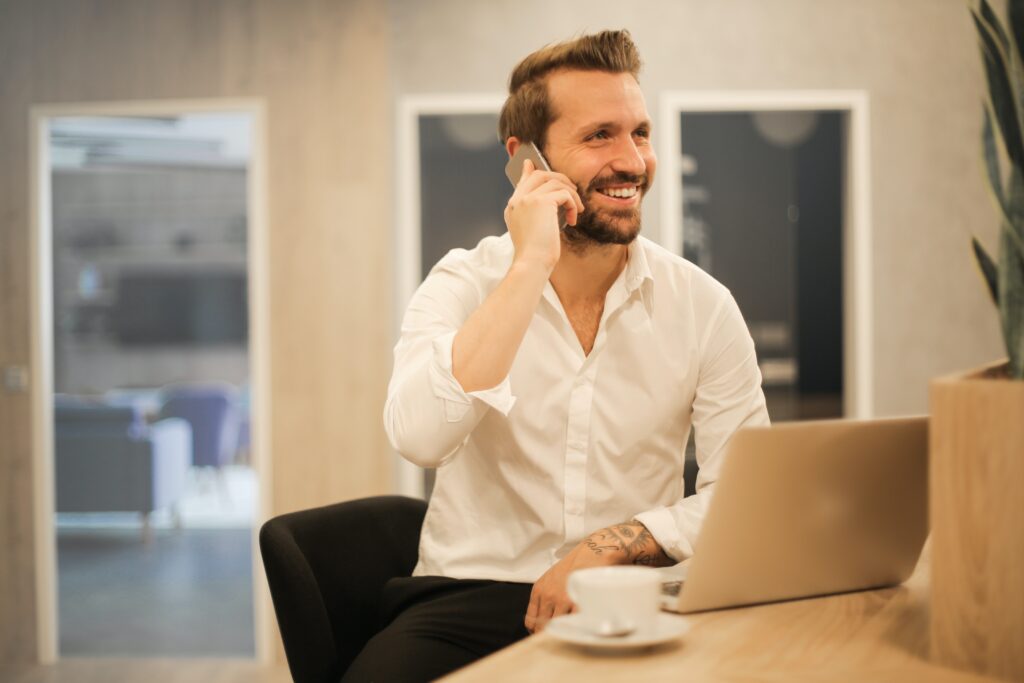It’s no secret the job market is a tough one for executives this year.
Strangely, in the U.S., our unemployment level is the lowest it’s been in decades, and there are more job openings (8.5 mm) than unemployed people (6.5 mm). The economy is doing well, and the risk of inflation is down. People are spending more, personal income has increased, and overall, our finances look favorable. According to the Bureau of Labor Statistics, Americans are earning 22% more than before the pandemic.
You’d think we’d be high-fiving each other. So, why does it feel so much harder to get a job?
Turnover is decreasing
For one thing, employees are quitting less. Unlike the atmosphere after the pandemic when employees could have their job pick of the litter and quit at will, today’s employees are putting roots down and their focus is more on longevity. Job turnover is decreasing, and the number of open roles is decreasing as well. This makes the competition extra fierce.
Employers are more selective
There is also a longer hold time on hiring. According to Josh Bersin Research, the average time it took to hire someone rose from 40 days in 2019 to 44.5 in 2023. With cost-cutting measures in place, companies are more selective about who they hire. This means candidates go through many rounds of interviews before they are brought on board. I talked to one client who was on interview number 21—with the same company.
So, what should an executive job seeker do to set themselves apart from every other executive candidate looking at the same job?
Elevate your job search plan
The old way you searched for a job just won’t cut it anymore. Telling a few colleagues and then walking into the corner office or, at the very least, a larger-than-last-time cubicle isn’t as easy as it may have been in years past.
Now, you should have a strategic job search mapped out and should include:
- A list of 10-15 companies you are interested in
- A list of 20+ employees who work at those companies
- An updated LinkedIn profile to reach out to the above employees from
- At the ready content and intros to send to said new contacts
- Allotted time to warm up those relationships until you are at the point where asking about open positions doesn’t seem spammy.

Take a good, hard look at your resume
When was the last time you looked at your resume with a critical eye? It’s not enough to just keep adding your newest role to the resume. Does your resume weave your career story throughout its content? Does it help the reader know where you started and how you got to where you are now?
Consider your steady progress through the years. Do you have your wins clearly listed, or are they buried in a list of non-important bullets?
Branding matters
When you look at your resume, specifically at the top, does your brand show up? Does it say what you do, or does it say something like “Executive Profile”?
The best executive resumes clearly state what you want to do at the top of your resume. Don’t make employers search the resume for your focus—because they won’t.
Strong strategic leaders should start their resumes with a branded headline.
Consider the following:
Human Resources Officer
Or
CHIEF HUMAN RESOURCES OFFICER … CHIEF HUMAN CAPITAL OFFICER
Leadership Capability | Transformation & Change Management | Culture Development | Value Creation | Inclusion & Equity | Data Analytics & Insights | M&A/Integration | Executive & Leadership Coaching
Not only will the second one grab the reader’s attention, but it also explains what they specialize in, what they’ve done, and what they are capable of doing.
Identify your value and showcase it at the top. You are a thought leader. Show what your expertise is in.
Metrics and numbers for the win
As a strategic leader, your executive resume needs to be rich with metrics and results. Think of the projects you worked on, the sales you generated, the growth you gained, etc. –and always have numbers ready.
- What project did you work on? What were the results?
- How many people did you lead? What were their successes?
- How did you and your team cut costs and/or save money?
- How did you increase sales, even during turbulent times? (Think metrics AND the background story if there is one. Those are the most interesting)
Examples of resume metrics may include:
- Raised gross profit by 4%, directing increased services demand across a broad range of verticals, with the healthcare, commerce, and residential markets each posting double-digit same-location YOY growth.
- Expanded locations while maintaining a 94% location retention rate.
- Drove $456 million in sales annually and built a pipeline of long-term recurring business with high-profile customers, enhancing company’s value such that it captured the attention of Johnson Technologies, which merged with Jones in a multibillion-dollar take-private transaction in May 2024.
However, many of our clients worry that their stories might not contain the metrics and numbers they need. If that is the case, we recommend leading with contributions that drove change within the company.
Examples of non-metric accomplishments may include:
- Played an integral role alongside the CRO in transforming the enterprise risk management function into a highly valued strategic partner, embedding risk management into the organizational culture and positioning it at the forefront of TMX’s strategic planning and decision-making
- Assisted in rebuilding ABC from the ground up; analyzed existing operations and risk frameworks/practices to gauge organizational perception and identify opportunities to elevate and enhance ABC’s value to the enterprise.
- Improved the board’s capacity for effective risk management decision-making by establishing the board risk committee, governance, and reporting model.

Stepping Up Your Executive Resume This Year
In order for a company or recruiter to see the ROI they will get when they hire you, they have to see what you can do for them. That starts on your resume. Most won’t take the time to dig into your story if it isn’t compelling. This is why your executive resume needs to step up its game this year. The more enticing your resume looks, the better chance you have to win over the reader.
///
Tired of trying to DIY your resume or LI profile? Reach out. We’re happy to help!










